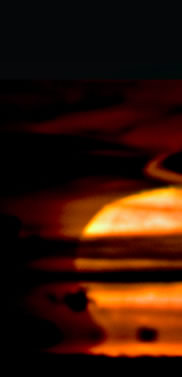 |
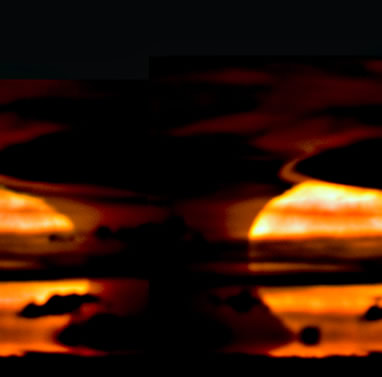 |
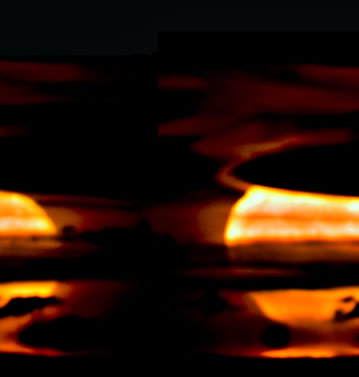 |
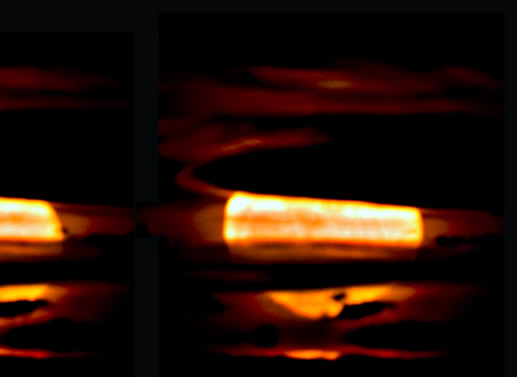 |
©John Stetson, shown with permission. John saw the first 'Etruscan Vase' or 'Omega' moonrise on February 9th looking eastwards over the Atlantic Ocean from Two Lights State Park in Cape Elizabeth, Maine. This is his second, caught near to the very next full moon! "I wonder if this occurring twice in consecutive months happens more than once in a blue moon (if I may mix moon metaphors)." The moon was once again reddened by the long passage of its low rays through Earth's atmosphere which preferentially scatters away blue light to form our blue skies. The mirage consists of two lunar images images. The upper image is erect and rises as the 'real' moon does. The lower image near the horizon is inverted, slowly separates from the upper one and descends into the ocean. The mirage is produced by a layer of warm air heated by contact with the ocean surface. The warm air is topped by cooler air. The resulting temperature and air density gradients refract downward rays from the rising moon back upwards. Refraction through a density gradient always tends to deflect rays towards the denser (colder) layer. This is the mirage associated with classic green flashes. The third image in John's sequence shows well the region between the two moon images where there is considerable vertical magnification and colour separation. The region stretches the normally invisible green rim at the moon's or sun's upper limb into a brilliant green flash. Has anyone found an Etruscan Vase that really looks like the mirage shape?! |
 |
 |
 |
 |

| About - Submit | Optics Picture of the Day | Galleries | Previous | Next | Today |
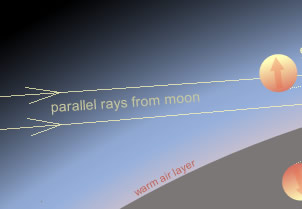 |
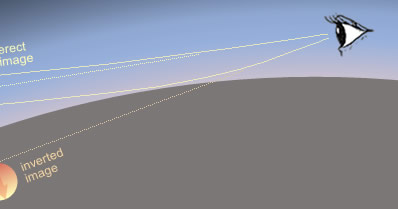 |